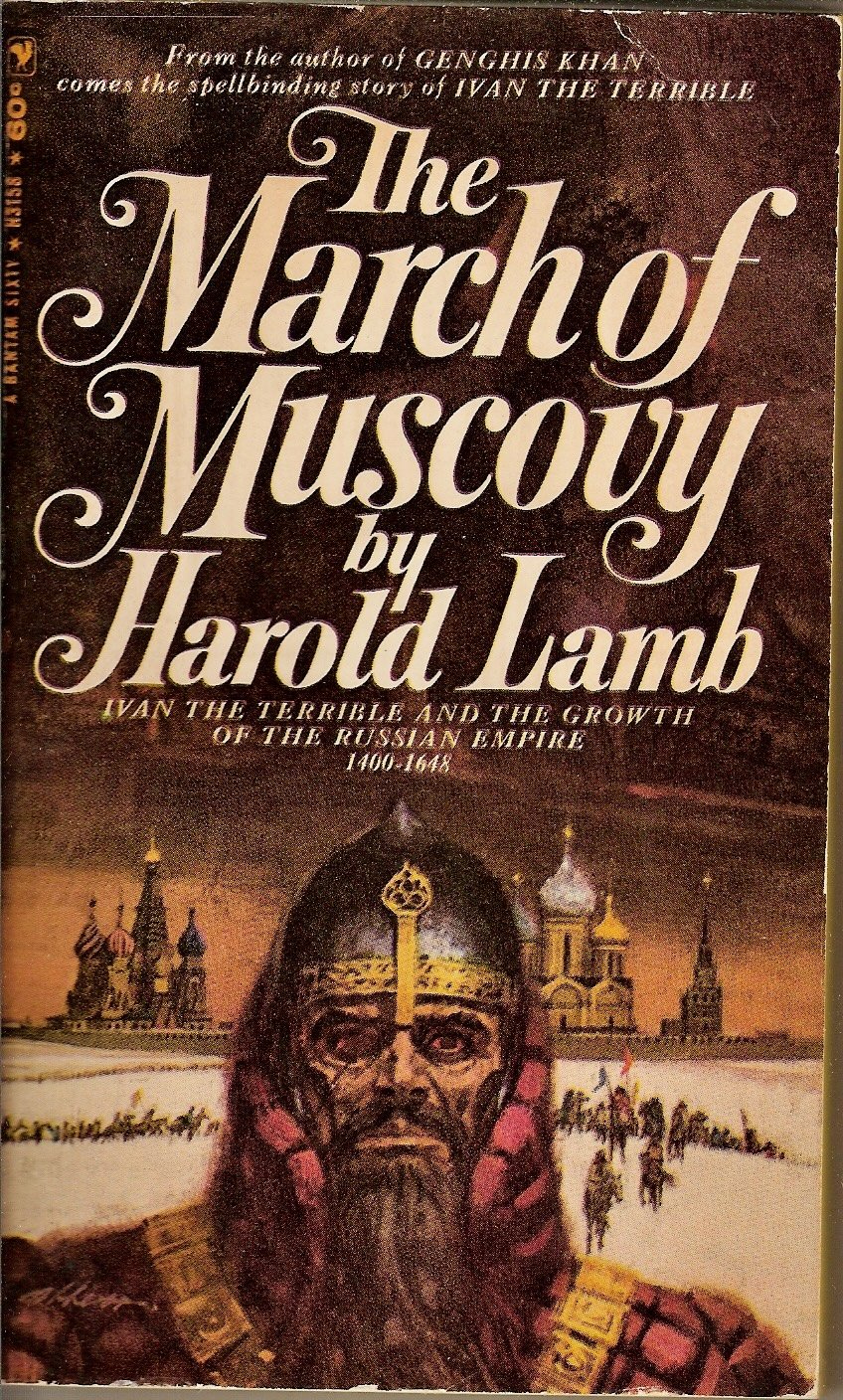Library
Before I could read, I judged that art and history are the same subject.
Classical History
Medieval History
Colonial Utopias
20th Century History
Weimar Berlin










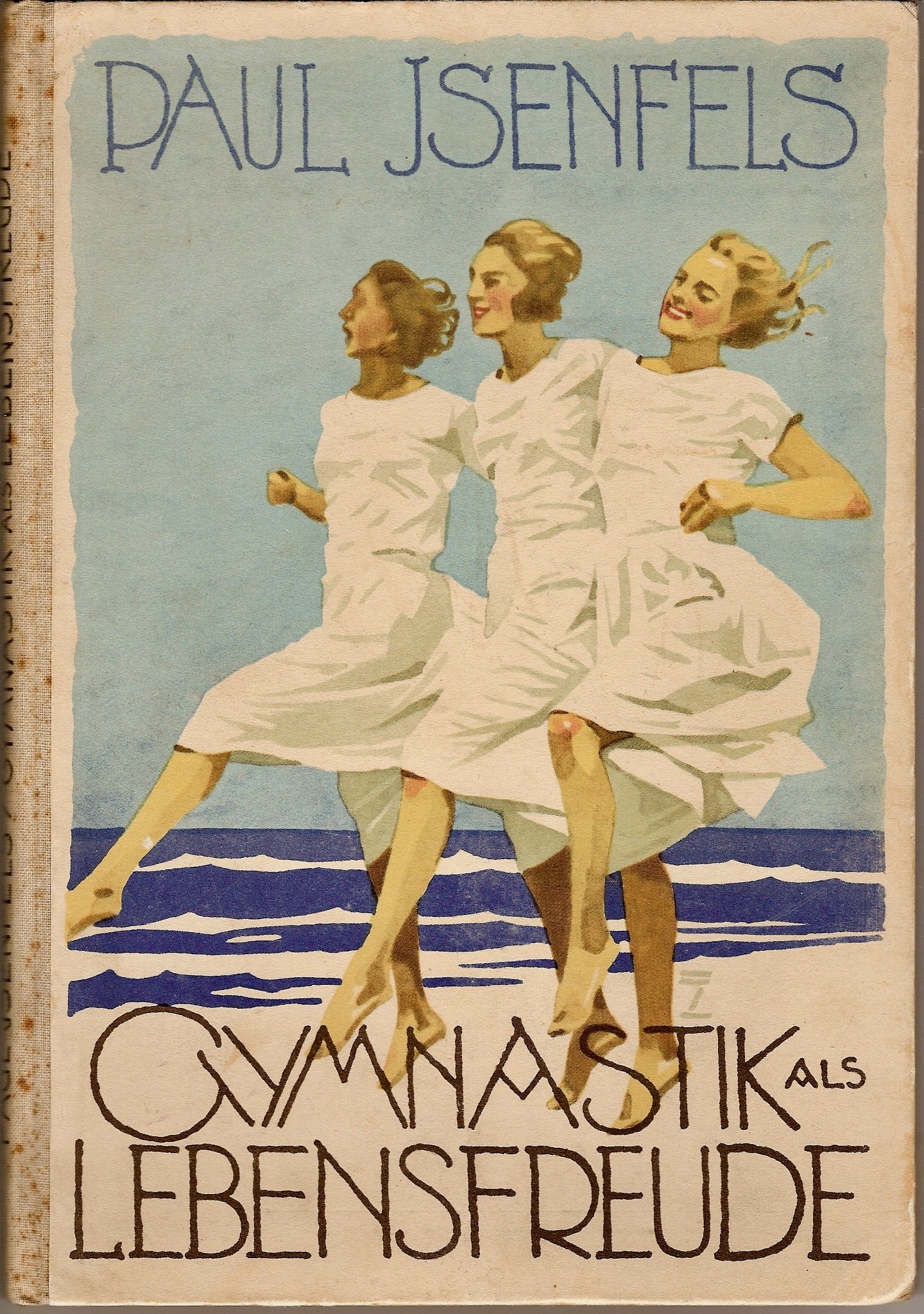

Theories of Liberation

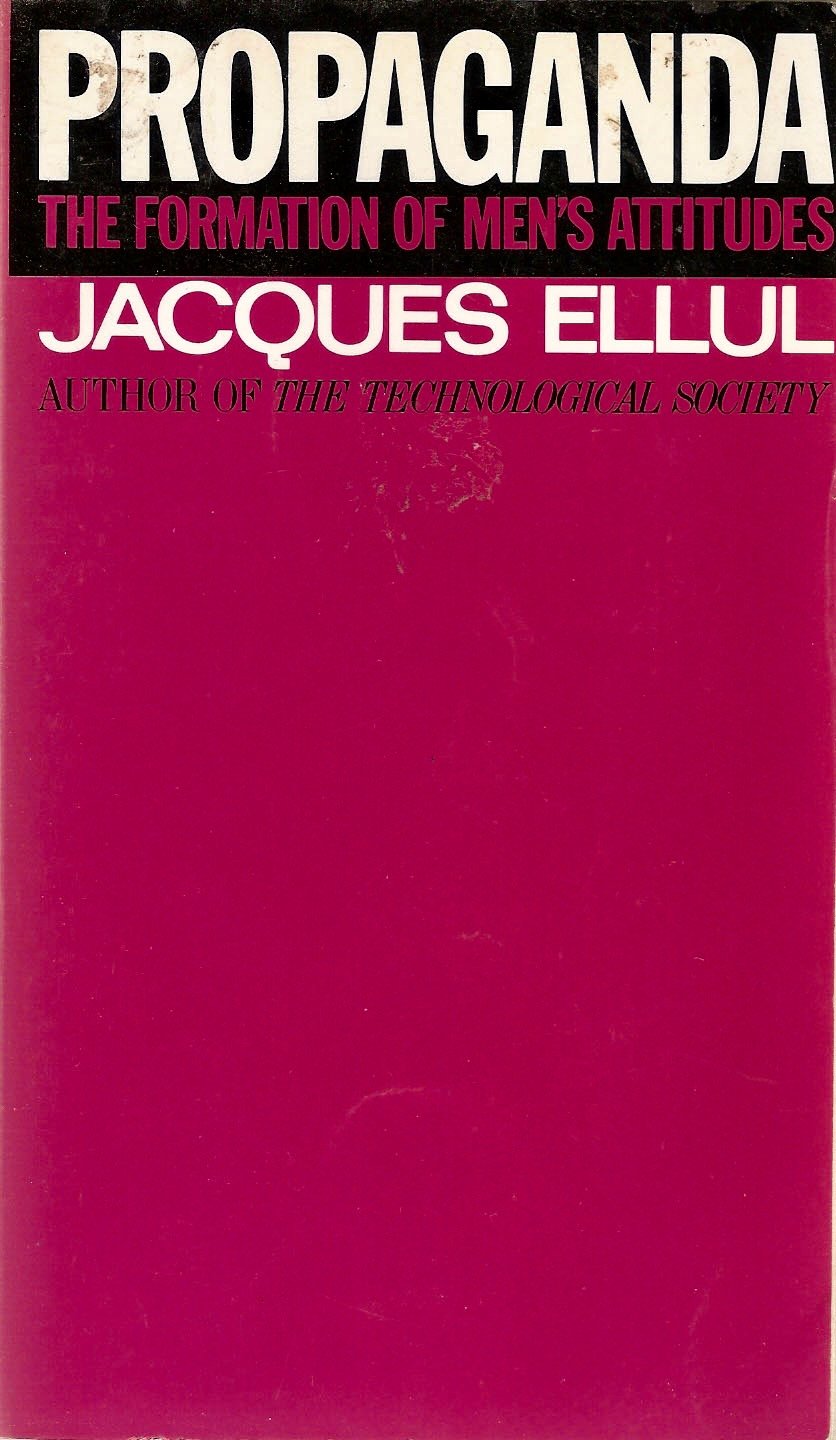










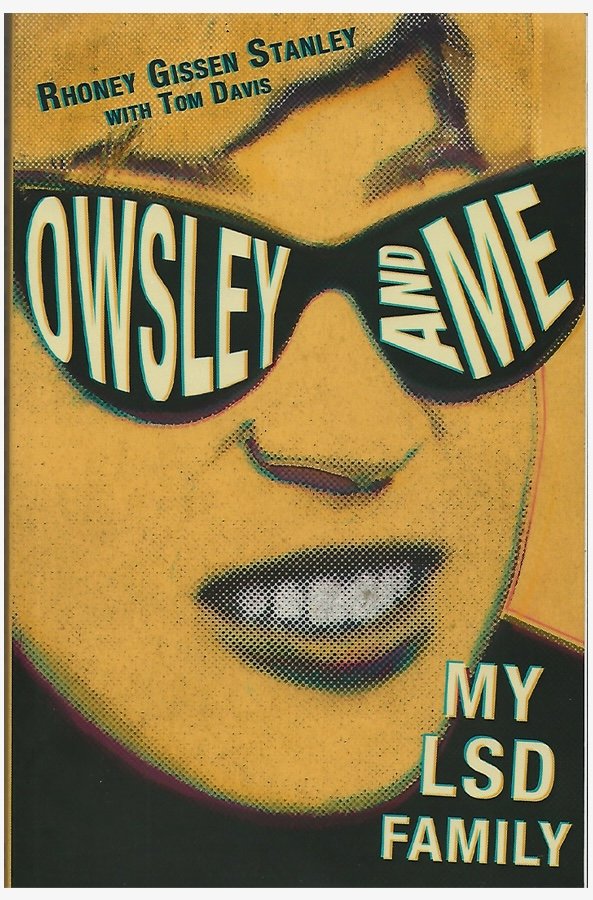





Art and Culture
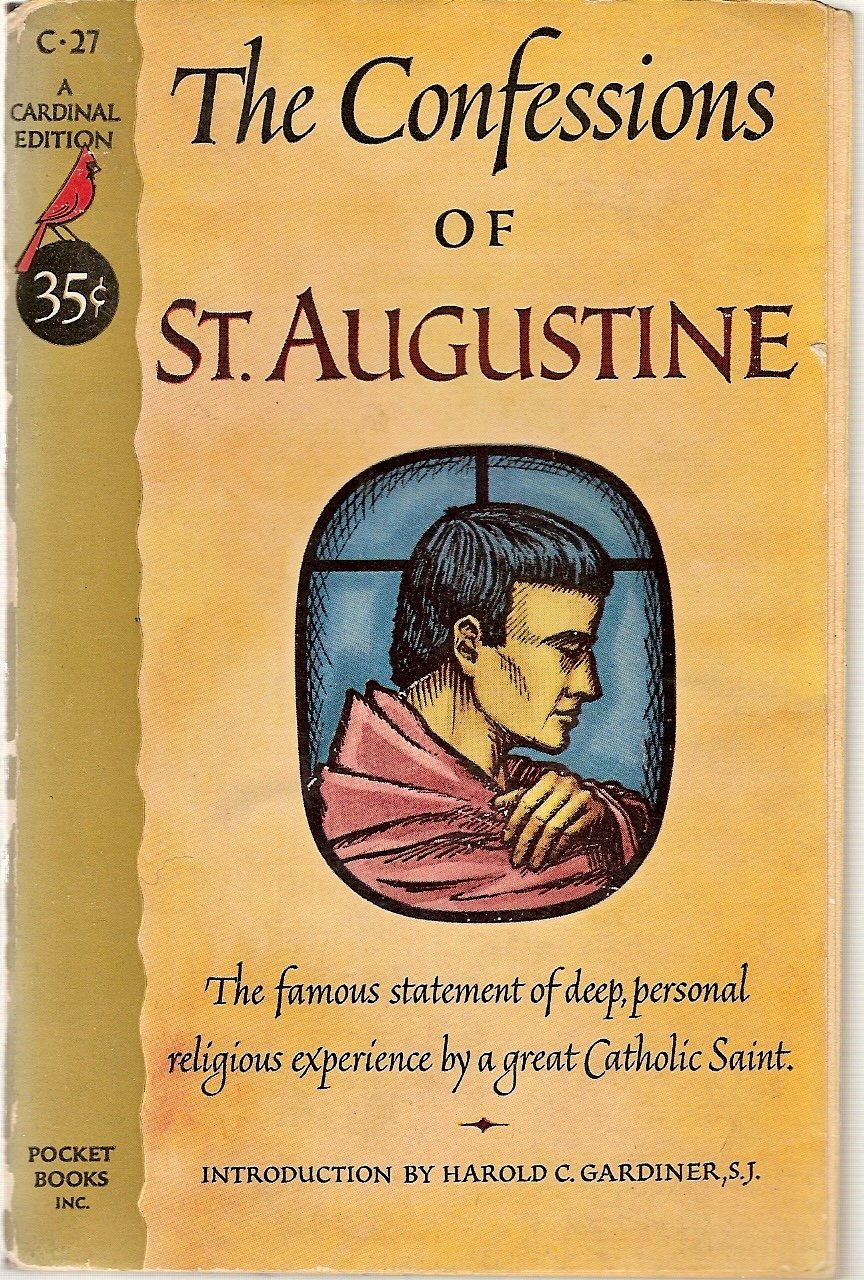



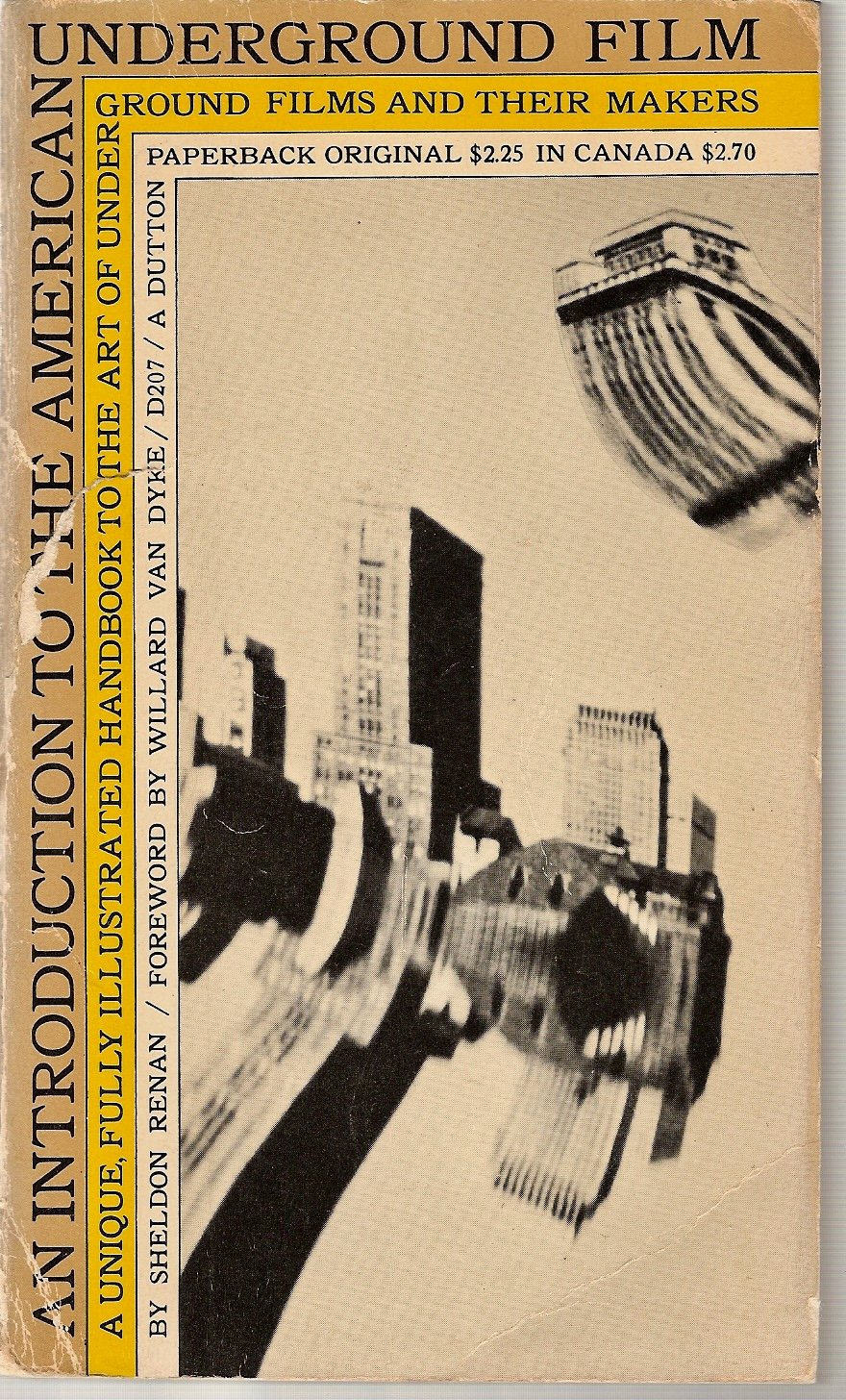

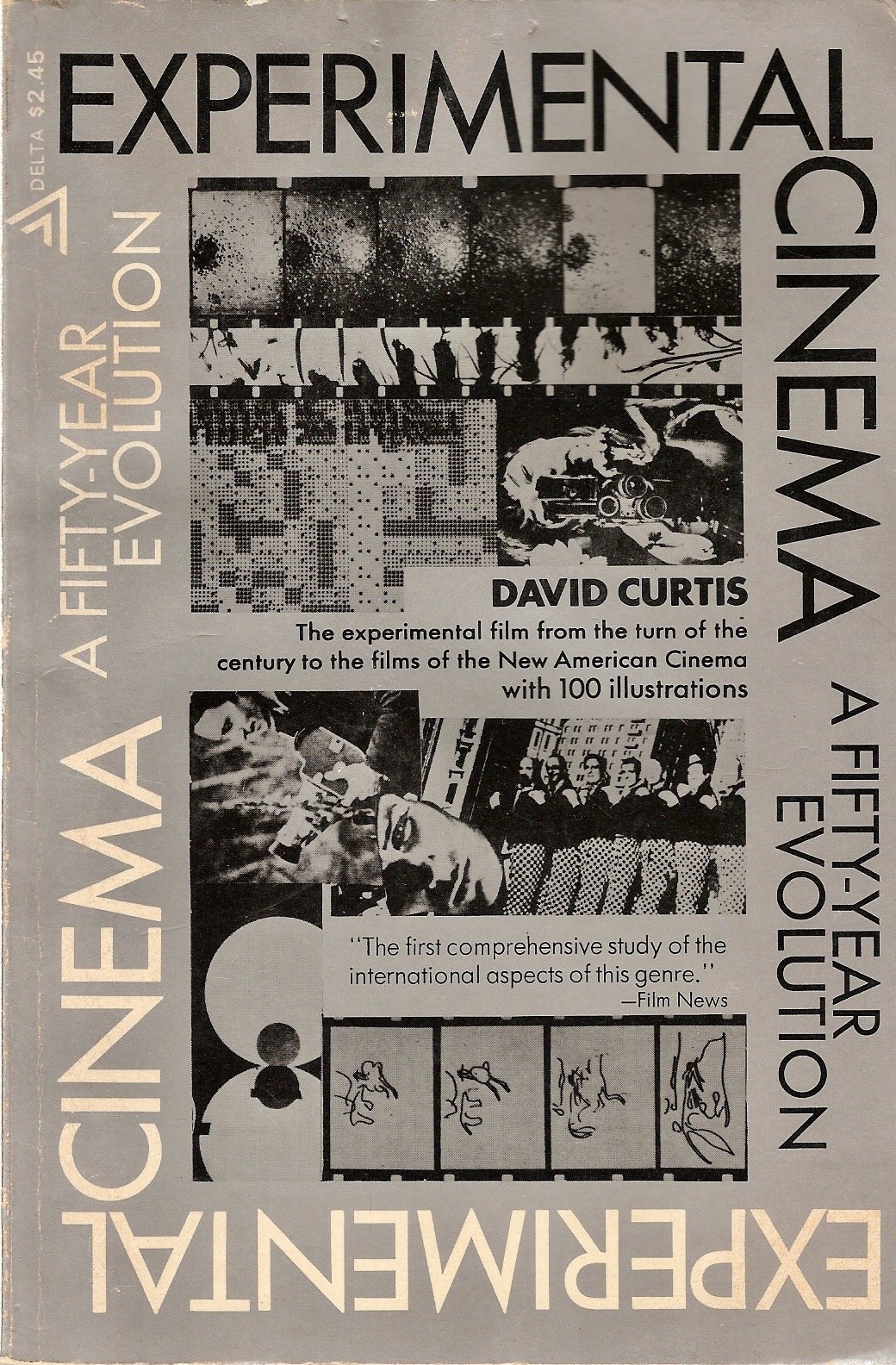









Carolee Schneeman

Carolee Schneeman




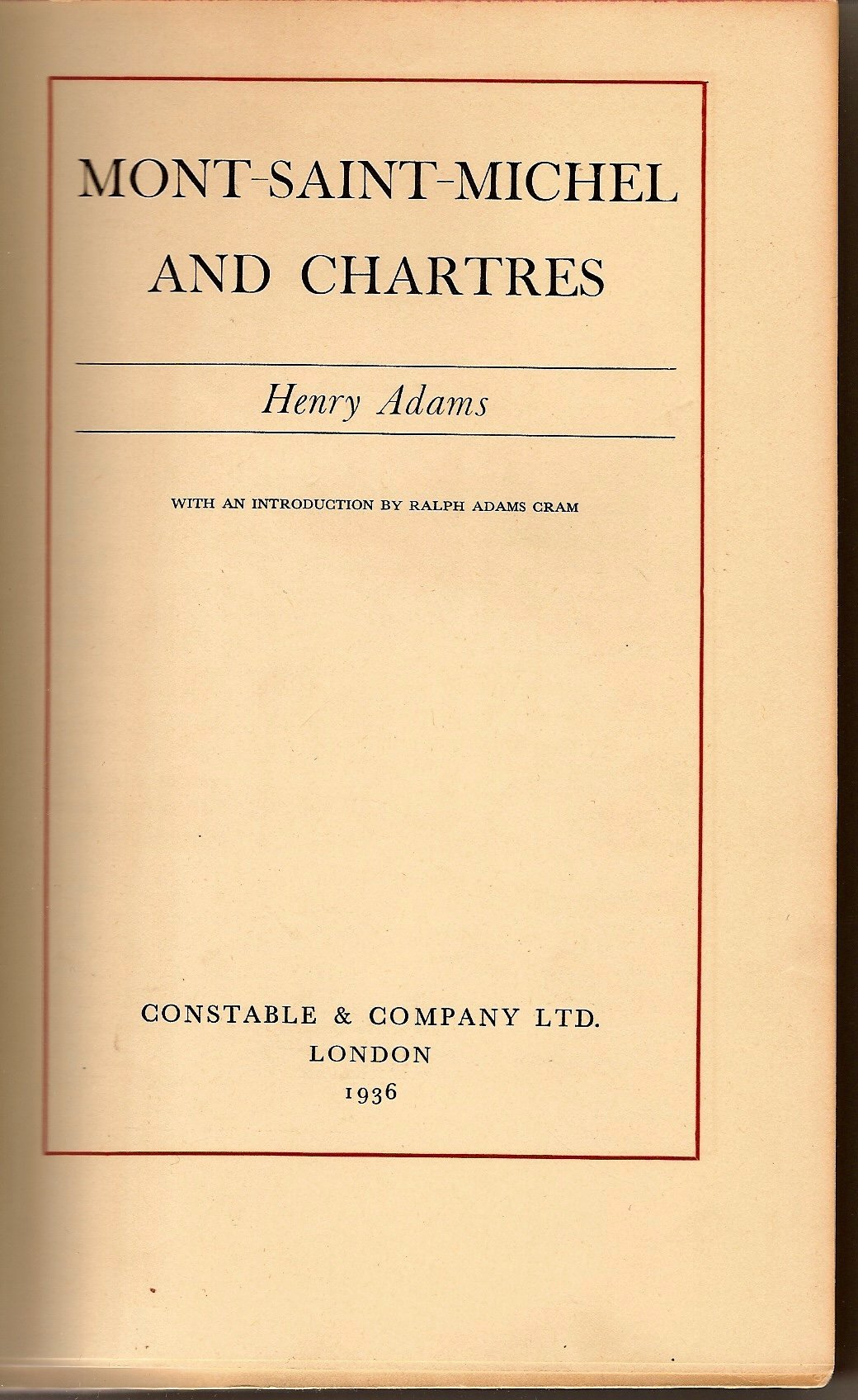



“Harmonic forces give shape to our experience of past and future. This is the dramatic essence of musical experience. It is why the composer, more or less intuitively, has manipulated the network of harmonic relationships of all musical scales for as long as music itself has existed. Evidence is accumulating to substantiate the need for much further study of harmonic phenomena. Because there is reason to believe, as I do, that the tensional charge and discharge-the expectations evoked and then fulfilled by tonic structures in music-all this is a direct product of the mathematics of harmonic order. I further believe that the same possibilities exist in the skillful design of harmonic pattern for visual perception. Therefore I am exploring harmonics designed for eye instead of ear. It is interesting to note that the very creation of harmonic pattern had been altogether inconceivable until a very recent time when computer graphics eventually and slowly became available to the visual artist.”
from "Digital Pyrotechnics: The Computer in Visual Arts” by John Whitney in the Proceedings of the First Computer Faire, 1977
“Upstairs I constructed a torture tunnel into which each architect was pushed as they exited from the previous "ordeal" area. The tunnel was covered in black cloth; behind these cloths were electric fans blowing through slits in the fabric onto lines of wet sponges which slapped at intervals on the person walking through. Long feathers tapped their faces and bodies; it was utterly dark and boards at various angles obstructed their passage. As they advanced down the tunnel blue lights flashed around them; ahead were huge illuminated slides of Vietnam atrocity images. Old raw fish hung overhead.”
from "More Than Meat Joy," by Carolee Schneeman
November 1965


















